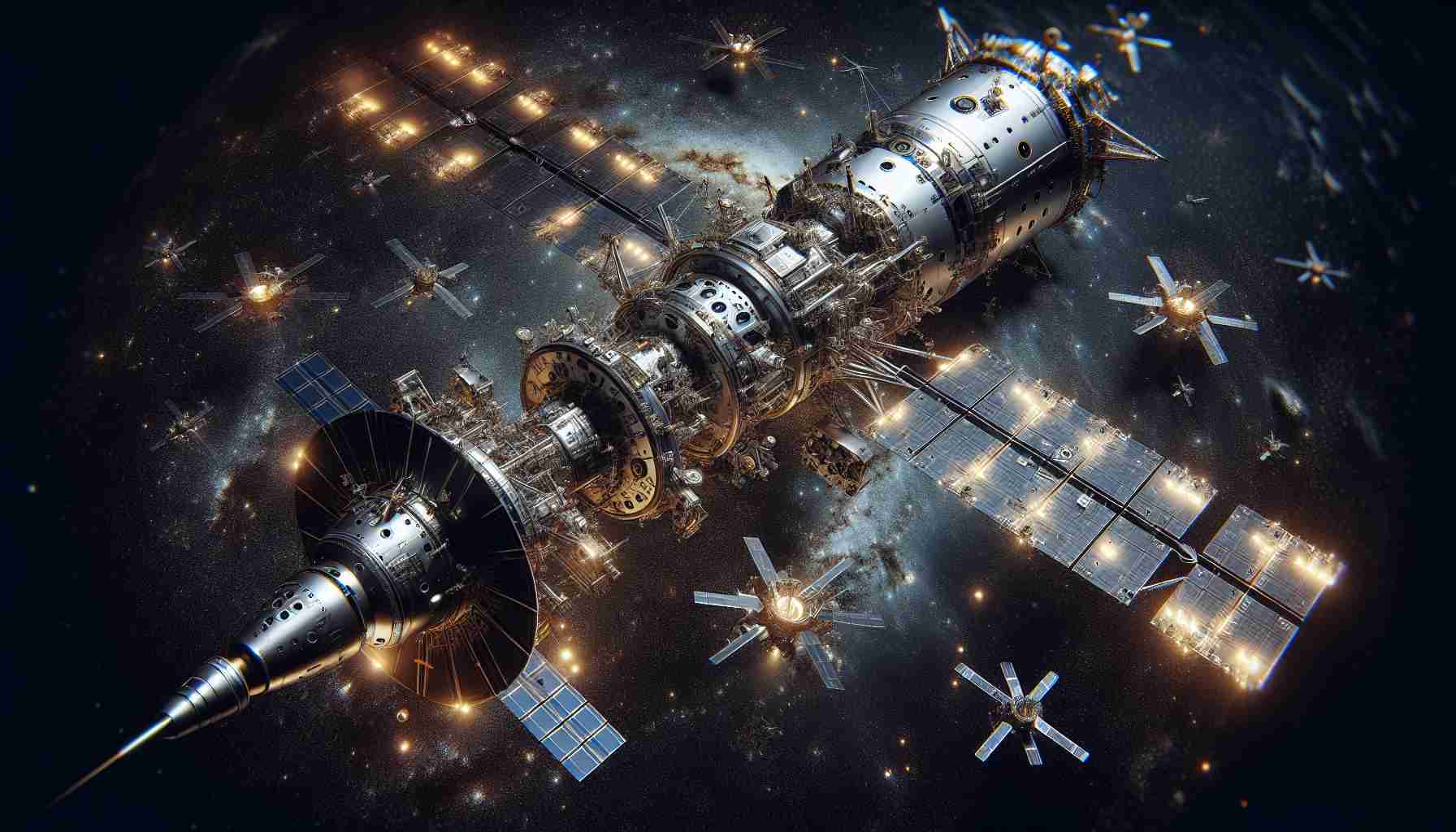SpaceX made history once again by successfully implementing an innovative method to retrieve its massive Super Heavy booster following the Starship spacecraft’s deployment into orbit. Instead of a traditional landing, the company utilized gigantic mechanical arms to catch the booster in mid-air moments after the mission.
Looking ahead, SpaceX aims to elevate its spaceflight capabilities further by incorporating a similar catching technique for the entire Starship spacecraft itself, not just the booster. CEO Elon Musk enthusiastically shared this aspiration, envisioning a future where the spacecraft could be seamlessly caught and refurbished for rapid reusability.
By mastering the art of catching and reusing both the booster and the spacecraft, SpaceX anticipates significantly reducing turnaround times between launches. This streamlined process involves minimal maintenance, refurbishment, and refueling before each subsequent flight, propelling the company toward its goal of achieving frequent and cost-effective missions.
In parallel, SpaceX is diligently perfecting the landing system for the Starship, focusing on vertical touchdowns that mirror future landings on celestial bodies like the moon and potentially Mars. This technological feat builds on past successful tests and sets the stage for ambitious space exploration endeavors in the coming years.
With plans to collaborate with NASA for lunar missions and continuous advancements in spaceflight technology, SpaceX’s journey towards revolutionizing space exploration is indeed promising and sets the stage for a new era of interplanetary travel.
Additional Fact: SpaceX has been actively working on the development of the Starship spacecraft’s interplanetary exploration capabilities, aiming to make space travel to Mars a reality in the near future. The company’s goal is to establish a sustainable human presence on Mars, paving the way for potential colonization efforts.
Key Questions:
1. How does SpaceX’s catching technique for boosters and spacecraft contribute to the overall goal of reducing turnaround times between launches?
2. What are the specific challenges associated with refurbishing and reusing spacecraft in comparison to traditional methods of spaceflight?
Answers and Challenges:
1. The catching technique enables SpaceX to eliminate the need for ocean splashdowns or precision landings, saving time and resources by streamlining the recovery process of both the booster and spacecraft. Challenges may include the development and implementation of precise coordination systems for mid-air catches, as well as ensuring the safety and integrity of the recovered vehicles.
2. Refurbishing spacecraft for rapid reusability involves intricate engineering processes to assess and repair any damages incurred during spaceflight, as well as rigorous testing procedures to guarantee operational readiness for subsequent missions. Challenges may arise in maintaining the structural integrity and performance of reused spacecraft components over a prolonged period of space travel.
Advantages:
– Reduced turnaround times between launches lead to more frequent mission opportunities.
– Cost-effective operations through the refurbishment and reuse of spacecraft components.
– Enhanced capability for sustainable space exploration and potential colonization efforts.
Disadvantages:
– Technical complexities in perfecting catching and refurbishment processes for boosters and spacecraft.
– Potential operational risks associated with mid-air recovery and reusability of space vehicles.
– Regulatory and safety considerations in implementing innovative spaceflight methodologies.
Related Link:
SpaceX



